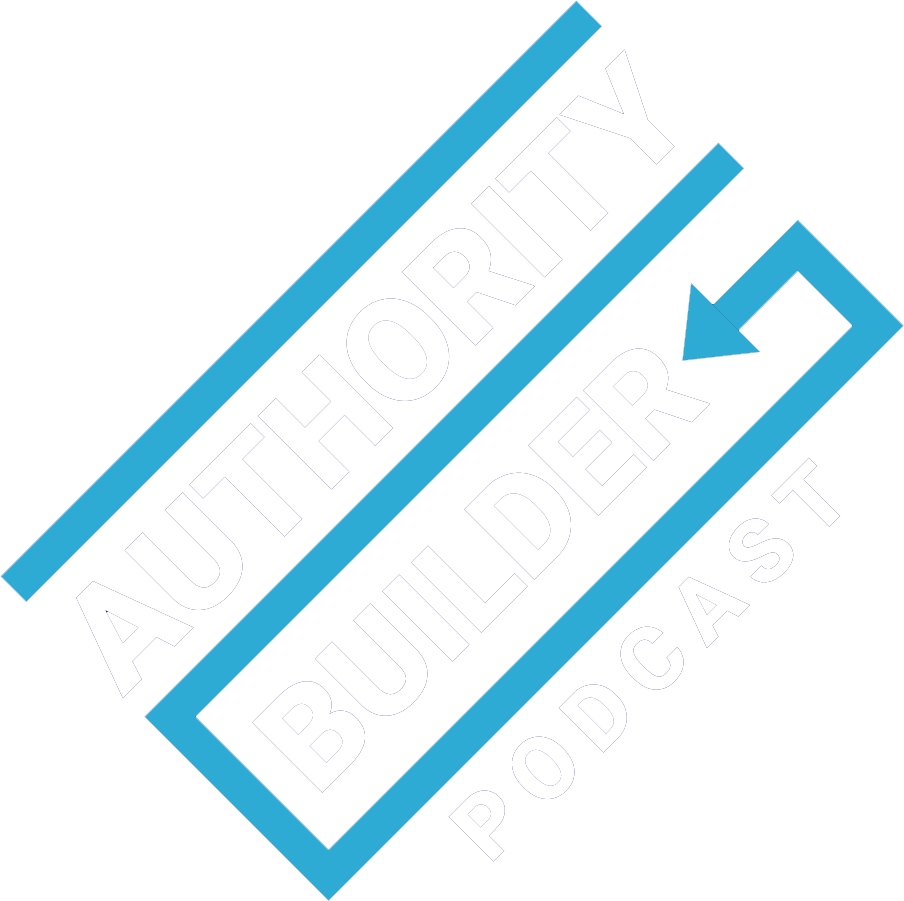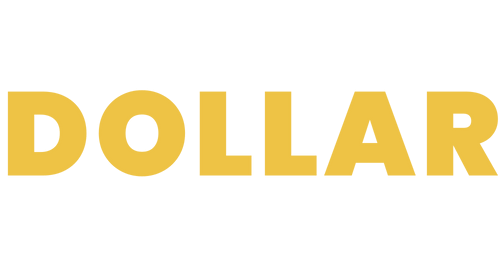My guest this week weathered intense setbacks early in his career. But Joshua Long actually looks back almost fondly at those times because he knows it shaped who he is today and allows him to see solutions when his clients can’t. Joshua is a consultant specializing in helping B2B companies overcome revenue plateaus, reduce risk, and experience rapid growth. To achieve those types of breakthroughs he looks at company culture, the mindset of owners and managers, and marketing strategy – specifically how you are positioned differently than your competitors.
Joshua has found that some business owners are actually sabotaging growth… without even knowing it.
Tune in and discover…
- The Bottleneck Breakthrough method for boosting growth quickly
- Why your support network – in business and at home – is key for entrepreneurs
- The mindset you need to overcome hurdles life and business throw your way
- How to “reprogram” yourself to get rid of toxic beliefs and create a new reality
- Ways to be a more effective manager – without more bureaucracy
MENTIONED IN THE SHOW:
- Joshua Long
- Bottleneck Breakthrough
- Dan Kennedy
- Jay Abraham
- Justin Ferriman
- Dilbert
- Dorie Clark – previous episode
- Untethered Soul
- BBG.LI/Amazon. Bottleneck Breakthrough
- BottleneckBreakthrough.com


